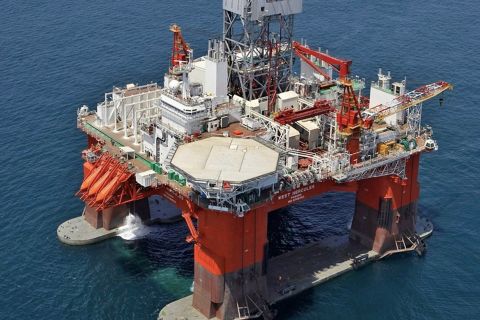Learn more about Hart Energy Conferences
Get our latest conference schedules, updates and insights straight to your inbox.
The U.S. emergency crude oil stockpile fell by 4.6 million barrels last week to its lowest level since May 1985, according to the Department of Energy (DOE) on Aug. 1.
Crude held in the Strategic Petroleum Reserve (SPR) dropped to 469.9 million barrels for the week ended July 29, according to DOE data, in the smallest weekly withdrawal since May.
U.S. President Joe Biden in March set a plan to release 1 million bbl/d over six months from the SPR to tackle high fuel prices contributing to soaring inflation.
The SPR held about 618 million barrels last September and its stocks have declined due to sales from congressional mandates and Biden’s price initiative. U.S. gasoline prices are about 40 cents a gallon lower than what they would have been without the sales, the White House said last week.
Since May, releases have averaged 880,000 bbl/d, not meeting the 1 million bbl/d plan. A DOE spokesperson said the slowdown had occurred because the July 4 holiday and use of an additive to cool crude for transportation had affected some deliveries.
The oil is sold to accredited oil companies via online auctions and prices are set using a five-day average bracketing the date of delivery.
Oil companies have not always bought all the crude on offer during the Biden administration’s release. For instance, the department said that only about 39 million barrels had been bought in a round in which it had offered 45 million barrels.
The Energy department has proposed to replenish the SPR by allowing it to enter contracts to purchase oil in future years at fixed, preset prices. The administration said it believes the plan would help boost domestic oil production.
Refiner Valero Energy’s chief commercial officer, Gary Simmons, last week said he expected lower volumes to be released from the SPR in the future, as demand forecasts had been lowered.
Recommended Reading
US Drillers Add Oil, Gas Rigs for Second Week in a Row
2024-01-26 - The oil and gas rig count, an early indicator of future output, rose by one to 621 in the week to Jan. 26.
Second Light Oil Discovery in Mopane-1X Well
2024-01-26 - Galp Energia's Avo-2 target in the Mopane-1X well offshore Namibia delivers second significant column of light oil.
CNOOC Sets Increased 2024-2026 Production Targets
2024-01-25 - CNOOC Ltd. plans on $17.5B capex in 2024, with 63% of that dedicated to project development.
E&P Highlights: Jan. 29, 2024
2024-01-29 - Here’s a roundup of the latest E&P headlines, including activity at the Ichthys Field offshore Australia and new contract awards.
Seadrill Awarded $97.5 Million in Drillship Contracts
2024-01-30 - Seadrill will also resume management services for its West Auriga drillship earlier than anticipated.




